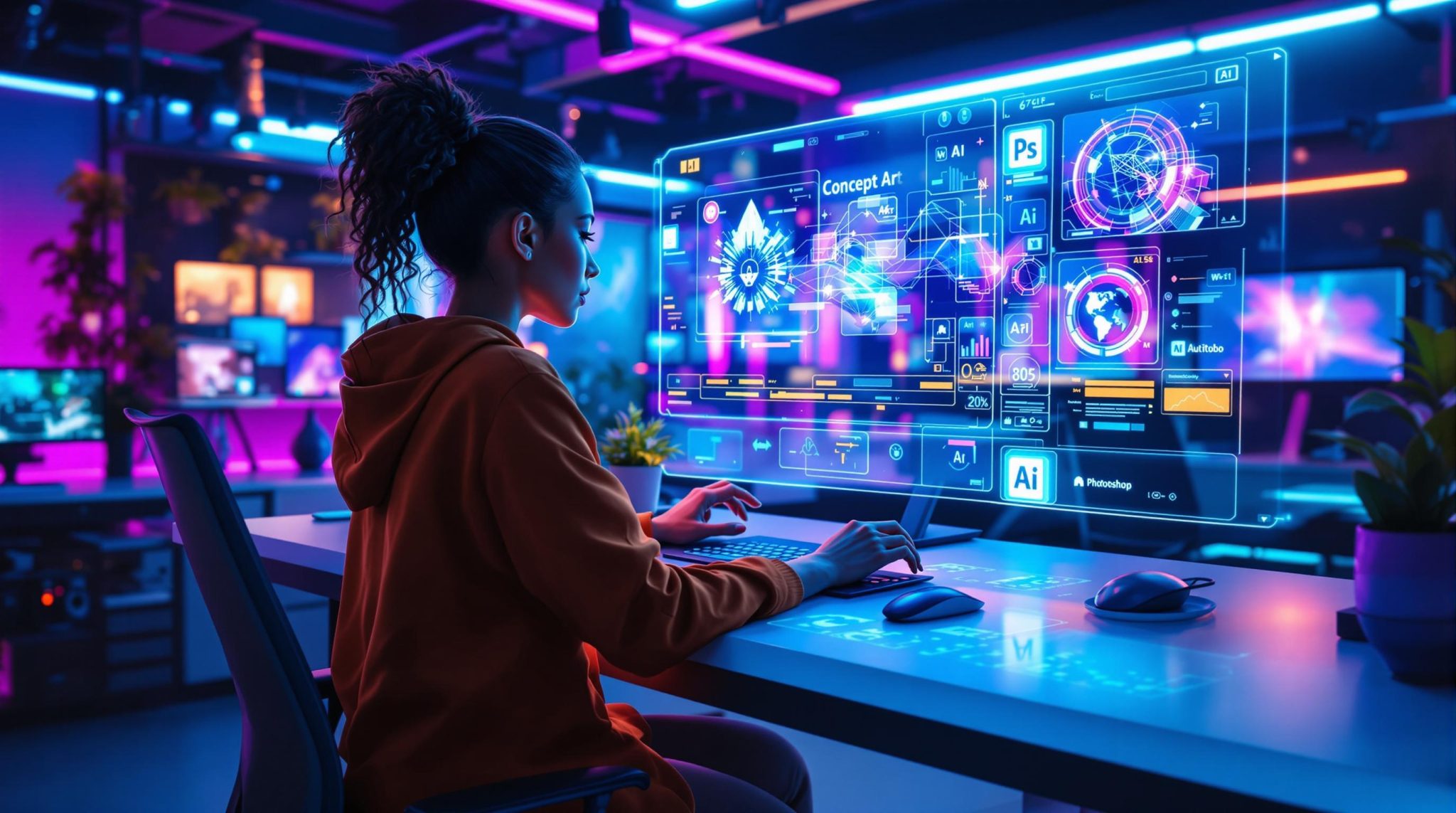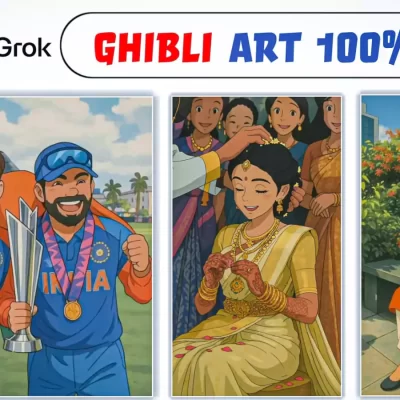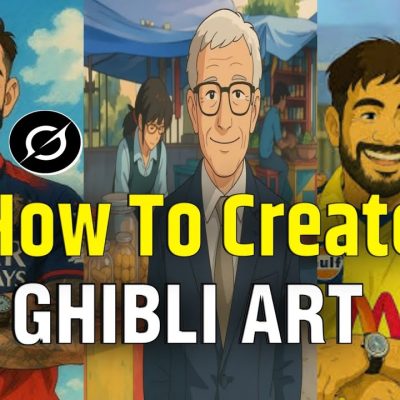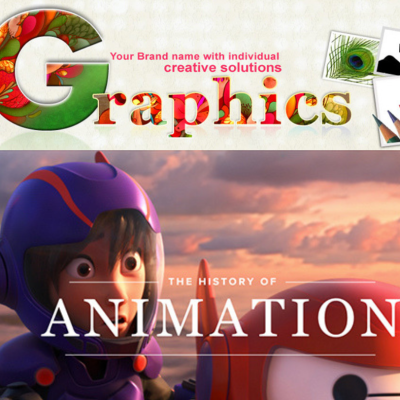Advanced AI in graphic design is revolutionizing the creative industry by automating tasks, enhancing efficiency, and generating unique designs. AI-powered tools like Adobe Sensei, Canva AI, and DALL·E can create professional-quality graphics, suggest color palettes, and even design entire layouts with minimal human input. These innovations save time, reduce costs, and allow designers to focus on creativity rather than repetitive tasks. AI also enables personalized and data-driven design solutions, making content more engaging. While AI enhances productivity, human creativity remains essential for originality and emotional connection, ensuring that AI and designers work together to shape the future of graphic design.
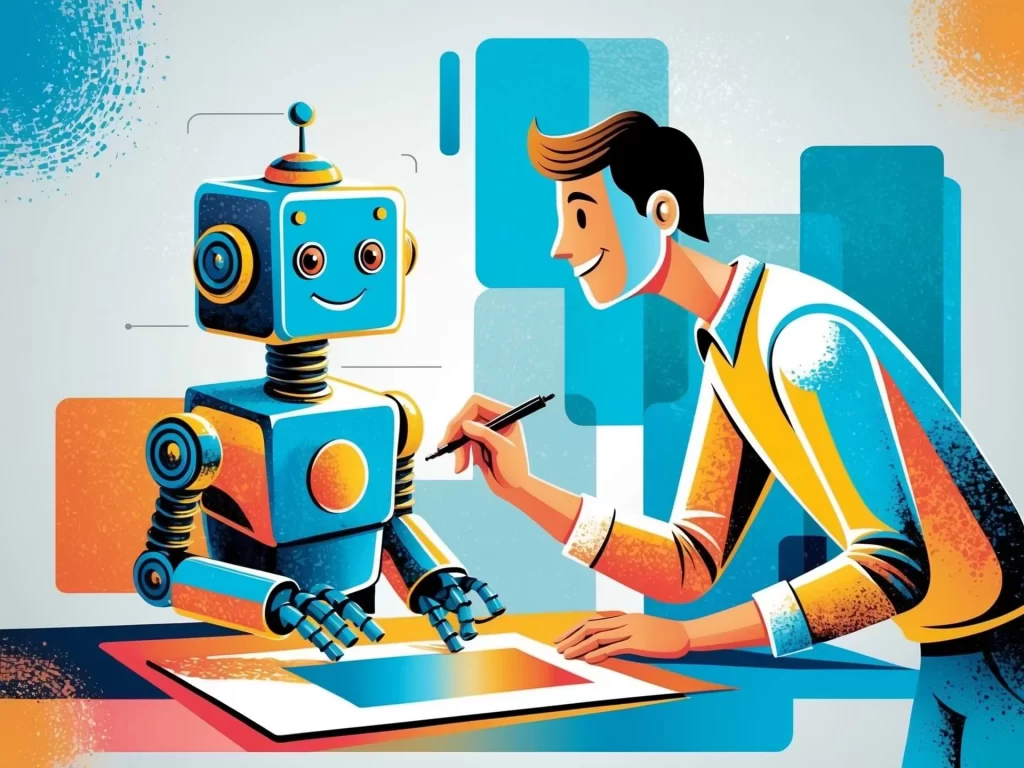
What is AI Graphic Design?
AI in graphic design refers to the use of artificial intelligence and machine learning algorithms to create, modify, and optimize visual content. These AI-driven tools analyze vast amounts of design data to generate layouts, color palettes, typography, and even entire marketing materials.Unlike traditional design software, AI-powered tools do not require advanced technical skills—they enable even non-designers to create stunning visuals effortlessly.
How AI is Revolutionizing Graphic Design
1. AI-Generated Designs
AI-generated designs are transforming the creative industry by automating complex design processes and producing high-quality visuals in seconds. AI-powered tools like DALL·E, Midjourney, and Adobe Sensei use machine learning to generate logos, layouts, and artwork based on user input. These designs are data-driven, ensuring precision, consistency, and efficiency. Businesses benefit from AI’s ability to create personalized graphics quickly, saving time and costs. While AI-generated designs enhance productivity, human creativity remains essential for storytelling and emotional appeal. The future of design lies in a balance between AI’s efficiency and human artistic vision, unlocking new possibilities for innovation and expression.
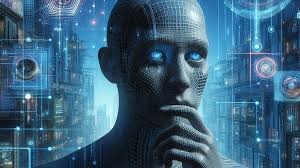
2. Automated Branding and Logo Creation
Automated branding and logo creation powered by AI is revolutionizing the design industry. AI-driven tools like Looka, Brandmark, and Canva generate unique, high-quality logos within seconds based on user preferences. These systems analyze color psychology, typography, and industry trends to create visually appealing branding elements. Businesses can now develop a professional brand identity without hiring expensive designers, saving time and costs. AI ensures consistency across branding materials, from logos to social media assets. While automation enhances efficiency, human creativity remains crucial for refining and personalizing designs. The future of branding lies in AI-human collaboration for innovative and impactful visuals.

3. Intelligent Image Editing & Enhancement
Intelligent image editing and enhancement powered by AI is transforming the way visuals are created and refined. AI-driven tools like Adobe Sensei, Fotor, and Luminar use machine learning to automatically enhance images by adjusting brightness, contrast, and color balance. Features like background removal, object recognition, and facial retouching allow users to edit photos with precision in seconds. AI also enables upscaling low-resolution images without losing quality, making it a game-changer for photographers, designers, and marketers. By automating complex edits, AI speeds up workflows while maintaining high-quality results, bridging the gap between professional-grade editing and user-friendly accessibility.
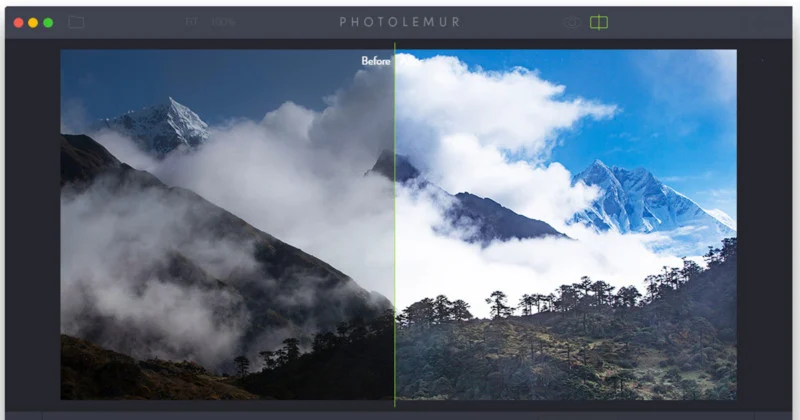
4. Smart Color and Font Suggestions
Smart color and font suggestions powered by AI are revolutionizing graphic design by enhancing creativity and efficiency. AI-driven tools analyze design trends, user preferences, and branding elements to recommend the perfect color palettes and font pairings. Platforms like Canva, Adobe Sensei, and Khroma use machine learning to suggest visually appealing combinations based on industry best practices. These intelligent recommendations ensure brand consistency, improve readability, and evoke the right emotions in the audience. By automating the selection process, AI helps designers, marketers, and businesses create stunning visuals effortlessly, saving time while maintaining a professional and aesthetically pleasing design.
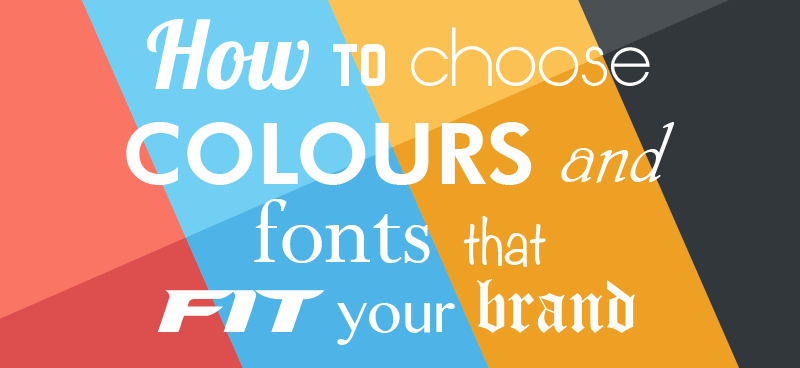
5. AI-Powered UX/UI Design
AI-powered UX/UI design is transforming the way digital experiences are crafted, making them more intuitive and user-centric. AI-driven tools analyze user behavior, preferences, and real-time data to optimize layouts, navigation, and design elements for better engagement. Platforms like Adobe Sensei and Figma AI suggest smart design improvements, automate repetitive tasks, and enhance accessibility. Machine learning enables predictive design, allowing interfaces to adapt dynamically based on user interactions. This automation not only streamlines the design process but also ensures a seamless, visually appealing, and personalized user experience, making AI an essential tool for modern UX/UI design.
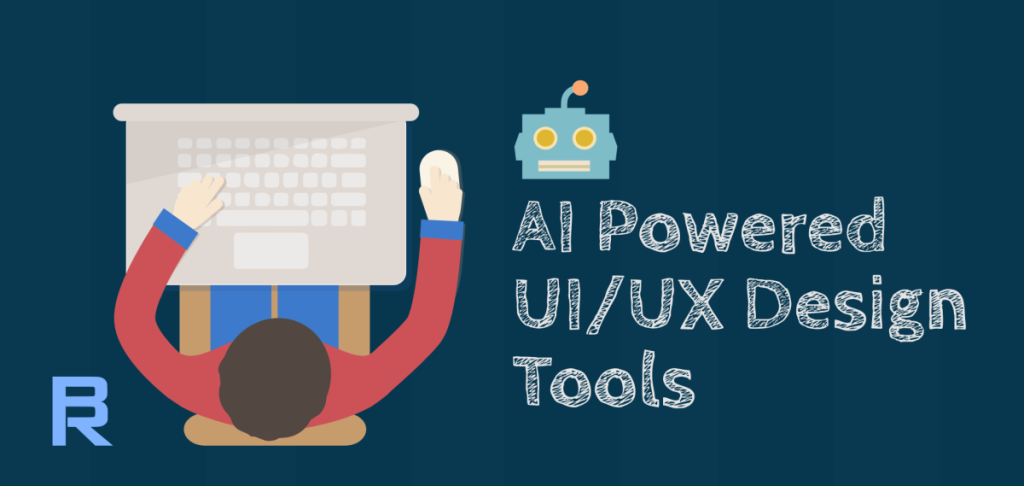
Best AI-Powered Graphic Design Tools
If you’re looking to explore AI in graphic design, here are some must-have AI tools:
| AI Tool | Function |
|---|---|
| Adobe Sensei | AI-powered design enhancement & automation |
| Canva AI | Automated social media & branding designs |
| DALL·E 3 | AI-generated artwork & creative images |
| Looka | AI-driven logo and branding creation |
| Runway ML | AI-powered video and motion design |
| Figma AI | AI-assisted UX/UI design and prototyping |
| Deep Dream Generator | AI-powered digital artwork creation |
These AI tools boost productivity, helping designers create professional-grade visuals faster and more efficiently.
Advantages of AI in Graphic Design
- Time-Saving: AI automates repetitive design tasks, allowing designers to focus on creativity.
- Cost-Effective: Businesses can create designs without hiring expensive designers.
- Enhanced Creativity: AI suggests new ideas and concepts, inspiring designers.
- User-Friendly: Even beginners can design stunning graphics with AI-powered tools.
- Scalability: AI enables businesses to produce large volumes of high-quality content quickly.
Will AI Replace Human Graphic Designers?
While AI is revolutionizing graphic design with automation and efficiency, it is unlikely to replace human designers entirely. AI-powered tools can generate templates, suggest layouts, and enhance visuals, but they lack the creativity, emotional intelligence, and storytelling abilities of human designers. Design is more than aesthetics; it involves understanding brand identity, user psychology, and cultural nuances—areas where human intuition excels. Instead of replacing designers, AI acts as a powerful assistant, streamlining workflows and handling repetitive tasks. The future lies in collaboration, where AI enhances creativity, allowing designers to focus on innovation and strategic thinking rather than mundane tasks.
Conclusion
AI is reshaping the world of graphic design, making it more accessible, efficient, and innovative. While AI-powered tools offer speed and automation, human designers remain essential for originality, storytelling, and emotional depth in design.
The future of graphic design lies in a collaboration between AI and human creativity. Are you ready to embrace AI in your design process?
AI in graphic design refers to the use of artificial intelligence and machine learning algorithms to create, modify, and optimize visual content. These AI-driven tools analyze vast amounts of design data to generate layouts, color palettes, typography, and even entire marketing materials.Unlike traditional design software, AI-powered tools do not require advanced technical skills—they enable even non-designers to create stunning visuals effortlessly.
These AI-driven tools analyze vast amounts of design data to generate layouts, color palettes, typography, and even entire marketing materials.Unlike traditional design software, AI-powered tools do not require advanced technical skills—they enable even non-designers to create stunning visuals effortlessly.https://gnicesoft.com/

